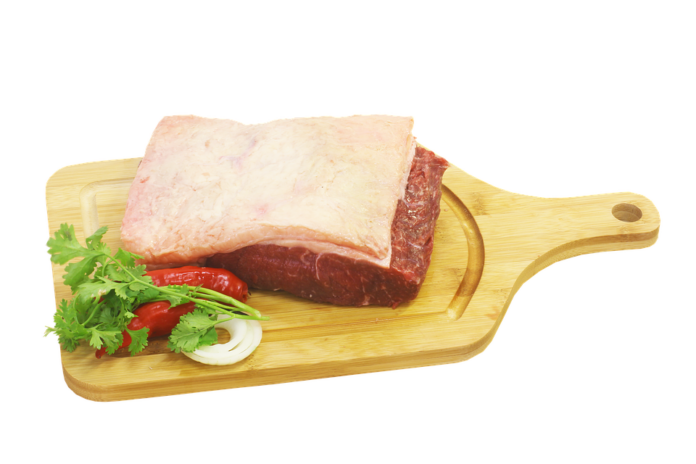Introduction
Automation and robotics have revolutionized the meat packaging industry by improving hygiene standards and efficiency in processing plants. With the increasing demand for packaged meat products, companies are turning to automation technology to streamline operations and ensure food safety compliance. This report will delve into how automation and robotics are transforming meat packaging plants, the financial implications for companies, and the overall impact on the industry.
Benefits of Automation and Robotics in Meat Packaging
Improved Hygiene Standards
One of the key advantages of automation and robotics in meat packaging plants is the enhancement of hygiene standards. By replacing manual labor with automated machinery, companies can minimize human contact with the meat products, reducing the risk of contamination. Robotics can handle tasks such as slicing, packaging, and labeling with precision and consistency, eliminating the potential for human error. This results in a safer and more hygienic production process, ultimately improving the quality of the packaged meat products.
Increased Efficiency
Automation and robotics also contribute to increased efficiency in meat packaging plants. Machines can operate 24/7 without the need for breaks or rest, leading to higher production rates and faster turnaround times. Automated systems can handle repetitive tasks at a much faster pace than human workers, allowing companies to meet the growing demand for packaged meat products more effectively. This efficiency not only benefits the companies in terms of productivity but also ensures that fresh meat products reach consumers in a timely manner.
Financial Implications
Initial Investment Costs
While the implementation of automation and robotics in meat packaging plants requires a significant initial investment, the long-term financial benefits outweigh the costs. Companies need to purchase specialized machinery, software, and equipment to automate their production processes. However, the increased efficiency and improved hygiene standards result in reduced labor costs, lower product waste, and higher production output. Over time, companies can recoup their investment through cost savings and increased profitability.
Cost Savings
Automation and robotics help companies save money by reducing labor costs and minimizing product waste. Human labor is expensive, and by automating repetitive tasks, companies can allocate their resources more efficiently. Additionally, automated systems can optimize the use of raw materials, ensuring that there is minimal waste during the packaging process. This leads to cost savings for companies and contributes to higher profit margins in the long run.
Industry Insights
Trends in Automation Adoption
The meat packaging industry is witnessing a growing trend towards automation and robotics adoption. Companies are recognizing the benefits of implementing automated systems to enhance productivity, ensure food safety compliance, and meet consumer demand. As technology continues to advance, more companies are expected to invest in automation solutions to stay competitive in the market. This trend is reshaping the industry landscape and driving innovation in meat packaging processes.
Key Players in the Automation Market
Several companies are leading the way in providing automation and robotics solutions for meat packaging plants. Companies like ABB, Fanuc, and Kuka are renowned for their advanced robotic systems that streamline production processes and improve efficiency. These companies offer a range of automation solutions tailored to the specific needs of meat packaging plants, from robotic pick-and-place systems to automated packaging lines. By partnering with these key players, companies can leverage cutting-edge technology to optimize their operations and stay ahead of the competition.
In conclusion, automation and robotics play a crucial role in improving hygiene standards and efficiency in meat packaging plants. The financial implications of automation adoption are significant, with companies benefiting from cost savings, increased productivity, and higher profit margins. As the industry continues to embrace automation technology, companies can expect to see continued advancements in meat packaging processes and a more competitive market landscape. By investing in automation solutions, companies can enhance food safety, meet consumer demand, and drive growth in the meat packaging industry.




